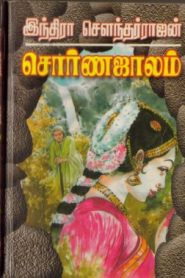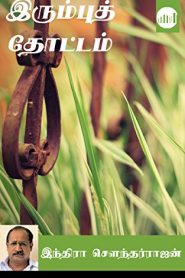

Aspects of Indra as a deity are cognate to other Indo-European gods there are thunder gods such as Thor, Perun, and Zeus who share parts of his heroic mythologies, act as king of gods, and all are linked to "rain and thunder". īanteay Srei temple's pediment carvings depict Indra mounts on Airavata, Cambodia, c. Colarusso suggests a Pontic origin and that both the phonology and the context of Indra in Indian religions is best explained from Indo-Aryan roots and a Circassian etymology (i.e. Later scholarship has linked Vedic Indra to Aynar (the Great One) of Circassian, Abaza and Ubykh mythology, and Innara of Hittite mythology. Ĭolonial era scholarship proposed that Indra shares etymological roots with Avestan Andra, Old High German *antra ("giant"), or Old Church Slavonic jedru ("strong"), but Max Muller critiqued these proposals as untenable. For example, states John Colarusso, as a reflex of proto-Indo-European *h₂nḗr-, Greek anēr, Sabine nerō, Avestan nar-, Umbrian nerus, Old Irish nert, Pashto nər, Ossetic nart, and others which all refer to "most manly" or "hero". roots in ancient Indo-European, Indo-Aryan deities.root idam-dra, or "It seeing" which is a reference to the one who first perceived the self-sufficient metaphysical Brahman.

root indha, or "igniter", for his ability to bring light and power ( indriya) that ignites the vital forces of life ( prana).root idh or "kindle", and ina or "strong".root ind, or "equipped with great power".root ind-u, or "rain drop", based on the Vedic mythology that he conquered rain and brought it down to earth.The etymological roots of Indra are unclear, and it has been a contested topic among scholars since the 19th-century, one with many proposals. Indra on his elephant, guarding the entrance of the 1st century BCE Buddhist Cave 19 at Bhaja Caves (Maharashtra). Indra's abode exists in the capital city of Svarga, Amaravati, though he is also associated with Mount Meru (also called Sumeru). Sometimes, a single elephant is shown with four symbolic tusks.

In Buddhist iconography, the elephant sometimes features three heads, while Jaina icons sometimes show the elephant with five heads. Indra's iconography shows him wielding a lightning thunderbolt weapon known as Vajra, riding on a white elephant known as Airavata. He is also the one who appears with his wife Indrani to celebrate the auspicious moments in the life of a Jain Tirthankara, an iconography that suggests the king and queen of superhumans residing in Svarga (heaven) reverentially marking the spiritual journey of a Jaina. In Jain traditions, unlike Buddhism and Hinduism, Indra is not the king of gods, but the king of superhumans residing in Svarga-Loka, and very much a part of Jain rebirth cosmology. However, like the post-Vedic Hindu texts, Indra is also a subject of ridicule and reduced to a figurehead status in Buddhist texts, shown as a god that suffers rebirth. Indra rules over the much-sought Devas realm of rebirth within the Samsara doctrine of Buddhist traditions. Indra is also depicted in Buddhist ( Indā in Pali) and Jaina mythologies. Each Manvantara has its own Indra and the Indra of the current Manvantara is called Purandhara. Īccording to the Vishnu Purana, Indra is the title borne by the king of the gods, which changes every Manvantara – a cyclic period of time in Hindu cosmology. He is depicted as a powerful hero, but one who constantly gets into trouble with his pride, drunken, hedonistic and adulterous ways, and the deity who disturbs sages as they meditate because he fears self-realised human beings may become more powerful than him. Indra's significance diminishes in the post-Vedic Indian literature, but he still plays an important role in various mythological events. He is also an important deity worshipped by the Kalash people, indicating his prominence in ancient Hinduism. Indra destroys Vritra and his "deceiving forces", and thereby brings rains and sunshine as the saviour of mankind. He is celebrated for his powers, and as the one who killed the great evil (a malevolent type of asura) named Vritra, who obstructed human prosperity and happiness.

Indra is the most referred deity in the Rigveda. Indra's myths and powers are similar to other Indo-European deities such as Jupiter, Perun, Perkūnas, Zalmoxis, Taranis, Zeus, and Thor, part of the greater Proto-Indo-European mythology. He is associated with the sky, lightning, weather, thunder, storms, rains, river flows, and war. The king of Devas (gods) and Svarga (heaven) in the Hindu mythology. Jayanta, Shashthi, Rishabha, Indraja, Jayanti, Devasena, Vali, and Arjuna Surya, Agni, Vayu, Varuna, Vamana, Bhaga, Aaryaman, Mitra, Savitr


 0 kommentar(er)
0 kommentar(er)
